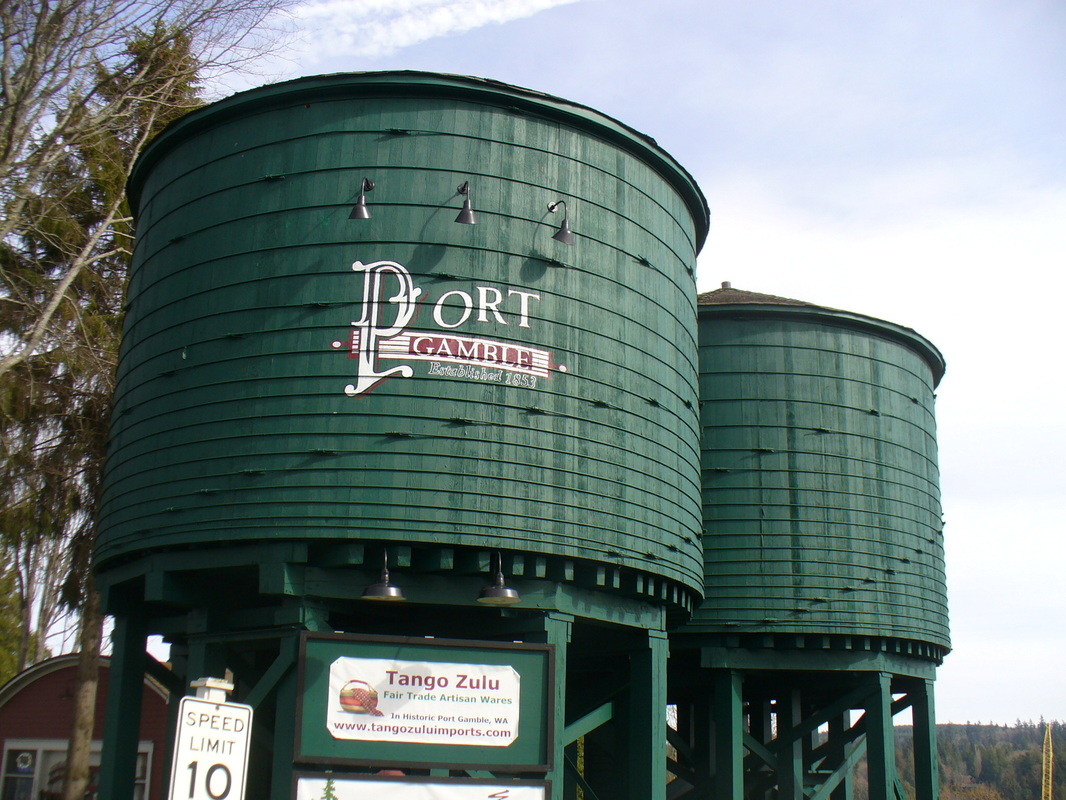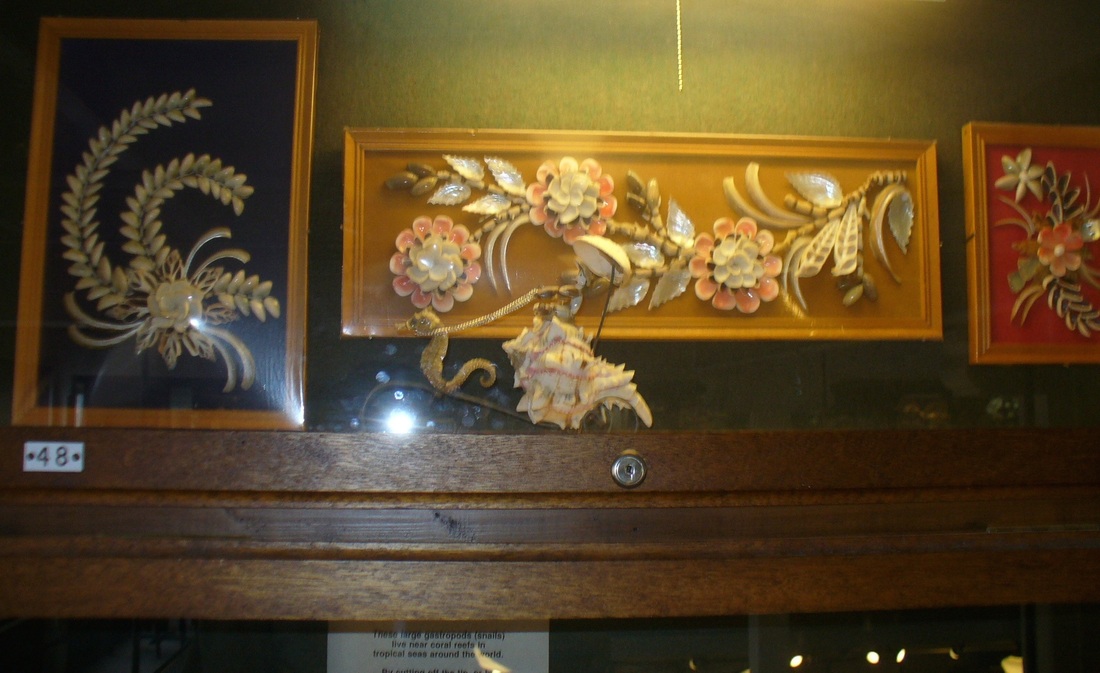Gang aft agley

I tend to think of Port Gamble as Port Townsend's little sister. Founded in 1853 (two years after Port Townsend's 1851 founding), it is only slightly younger than Port Townsend, but considerably smaller. It was a classic company town in the nineteenth-century, with the entire life of the community revolving around its sawmill. By the late Victorian era the Puget Mill Company was the largest owner of timberland in Washington state.[1] It was only very recently that Port Gamble's mill ceased to be its heart: Until 1995 it was the home of the oldest continuously operating sawmill in North America.[2]
The mind gets into quirky tracks while pedaling long distances, and on my return trip I found myself contemplating the fuel mileage of a vehicle driven by one's own power. Modern sports drinks (and their advertisements) fuel massive industries; for Victorian cyclists the recovery drink of choice was milk, either by itself or mixed with soda water depending on the cyclist's individual preference. My standard ride lately has been a twenty-five mile out-and-back to a farmstand; I'll often buy a pint of Jersey milk when I get there and drink it before heading home. When I get home I usually drink another cup of milk, mixed with seltzer, so it occurred to me that I was getting twenty-five miles per three cups of milk. However, I eat more than usual when I'm cycling a great deal, so as I pedalled along and did sums in my head I rounded up my three cups of milk to a full quart. I reasoned this accounted for the caloric value of the rest of the extra food, and it also makes calculations incredibly easy. It gave my Gazelle a nice round figure of one hundred miles to the gallon of milk. My Victorian tricycle requires considerably more energy, so I decided fifty miles to the gallon was a more realistic figure for the trike. At this incredibly fanciful stage in my musings I reached a steep downhill which directed all my concentration to the splendid wind rushing against my face.
[1] Information from interpretive sign, "1860 M.S. Drew House."
[2] Information from interpretive sign, "1853 Port Gamble."




 RSS Feed
RSS Feed